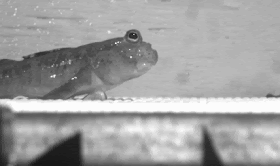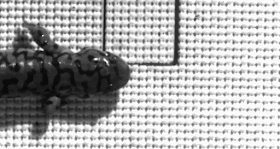 |
| Mudskipper fish and tiger salamanders have similar characteristics to early tetrapod ancestors [Credit: Sandy Kawano] |
 |
| Mudskippers' pectoral fins experience more medial forces than the limbs of tiger salamanders [Credit: Sandy Kawano and Richard Blob] |
 |
| Salamanders' forelimbs experience more vertical forces than the fins of mudskipper fish [Credit: Sandy Kawano and Richard Blob] |

No comments:
Post a Comment